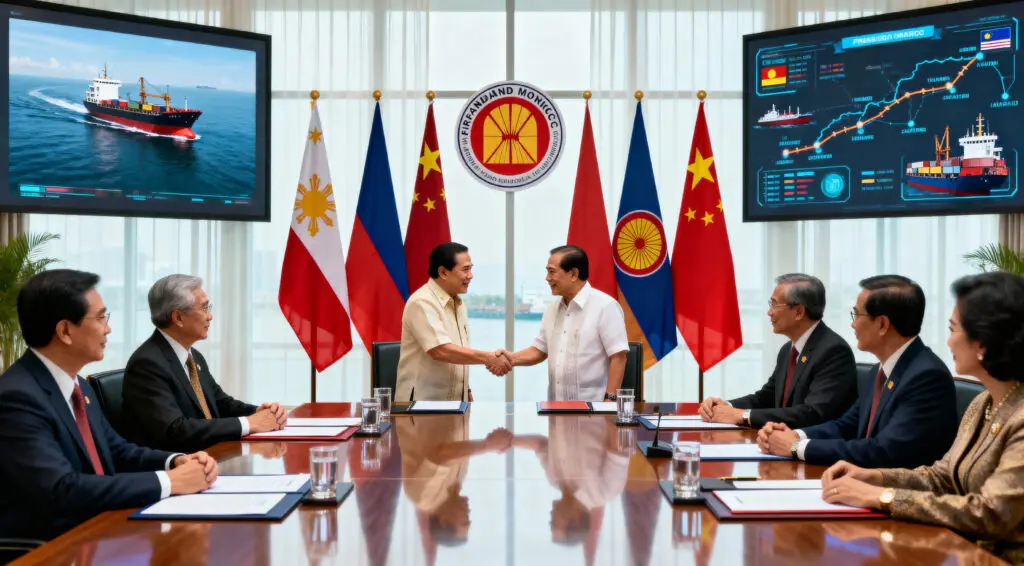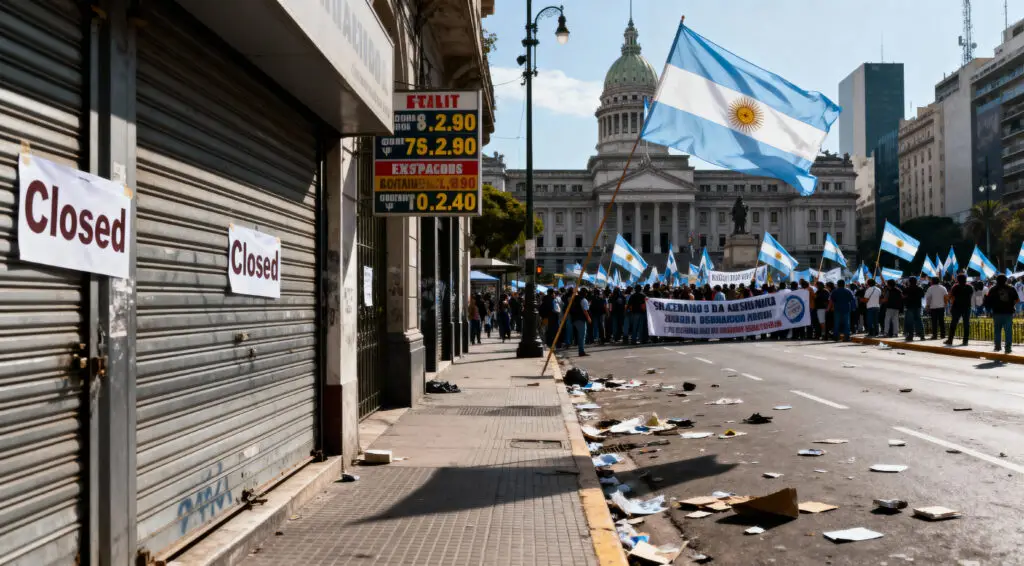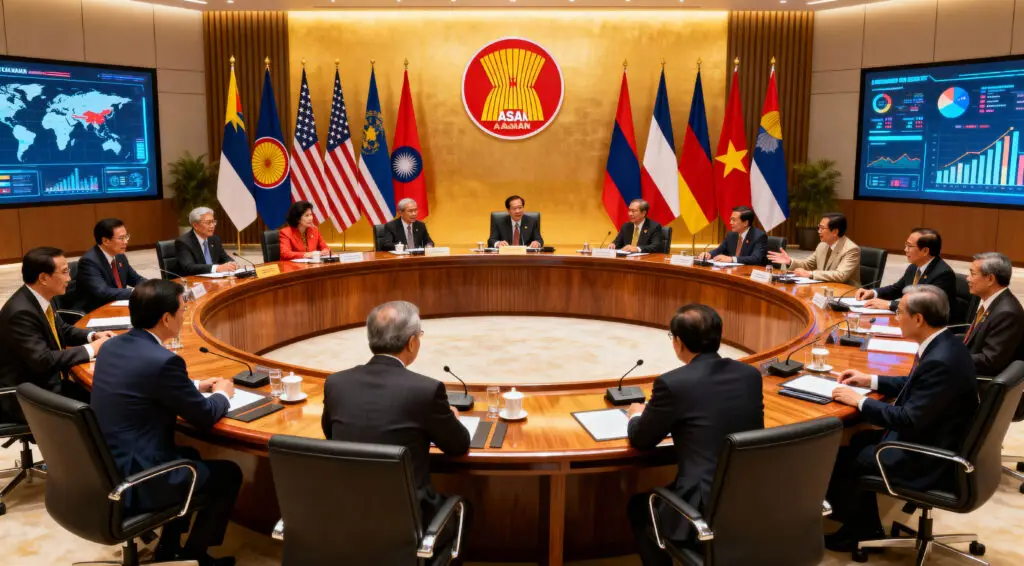ACFTA 3.0 to Strengthen Regional Economic Integration
The Philippines is getting ready for more economic opportunities thanks to the new ASEAN-China Free Trade Area (ACFTA 3.0). The deal, which will be signed on October 28 at the ASEAN Summit in Kuala Lumpur, intends to bring commercial cooperation in Asia up to date.
President Ferdinand R. Marcos Jr. will be there to see the signing with other leaders from the area. Officials claim that the new structure will change how ASEAN and China, the region’s biggest economic partner, do business with each other.

Source: PCO
Modernized Deal Aligns With Global Economic Realities
According to Foreign Affairs Secretary Ma. Theresa Lazaro, ACFTA 3.0 is a forward-looking project that aims to keep up with the fast-changing global economy. She noted that new digital and environmental trade procedures make ASEAN more competitive.
Lazaro said that the new deal will make business connections “more modern, more comprehensive, and better in line with the way things are in the world today.” The accord fixes earlier rules that don’t work for today’s problems in commerce and technology.
Green and Digital Economies Take Center Stage
The 3.0 framework opens up new ways for businesses to operate together in the digital and green economies. These include working together on data security regulations, e-commerce platforms, and renewable energy technology that help growth that lasts.
The Philippines may get more involved in high-value sectors by encouraging greener production and digital transformation. Policymakers think that this will bring in investments that are in line with the country’s aims for climate change and innovation.
Recommended Article: Argentina Heads to Polls Amid Economic Crisis and Trump Tension
Empowering Micro, Small, and Medium Enterprises
The deal also aims to enable micro, small, and medium-sized businesses (MSMEs) to become part of regional supply chains. Smaller businesses will be able to compete worldwide if they have better access to markets, funding, and trade facilitation.
Lazaro stressed that rules for fair competition and protecting consumers will help development that includes everyone even more. She claimed that these changes will make things “more fair” for Filipino enterprises in ASEAN.
Trade Facilitation and Customs Modernization in Focus
The updated version of the treaty has new chapters on how to integrate supply chains and make customs processes clear. It wants to make logistics easier, cut down on delays, and make regulations work better in all member nations.
These improvements could help exporters by making paperwork easier and getting goods through customs faster. Bringing together digital trade tools would also assist in lowering costs for both importers and exporters in the Philippines.
Philippines Signs Second Protocol to ASEAN Trade in Goods Agreement
Before joining the ACFTA, the Philippines also finished the Second Protocol to Change the ASEAN Trade in Goods Agreement (ATIGA). The country was represented at the ceremonial signing ceremony by Trade Secretary Cristina Roque.
Frederick Go, a special assistant, claimed that the change will make resolving disputes, being open, and clearing goods easier. He went on to say that it helps qualified traders by using digital tools that speed up processing and cut down on paperwork.
Building Stronger ASEAN Partnerships for Long-Term Growth
During the plenary session, President Marcos and the leaders of ASEAN saw the official transfer of the ATIGA protocol. The two accords are crucial steps in making the area more integrated and resilient.
Officials think that these new frameworks will help the Philippines diversify its exports, bring in more investment, and make the country more competitive. The changes show that ASEAN is all in on growth that is open to everyone, lasts a long time, and is based on new ideas.























